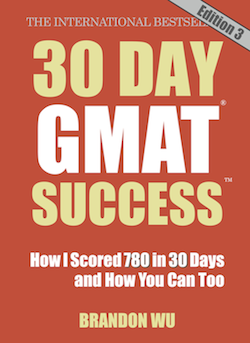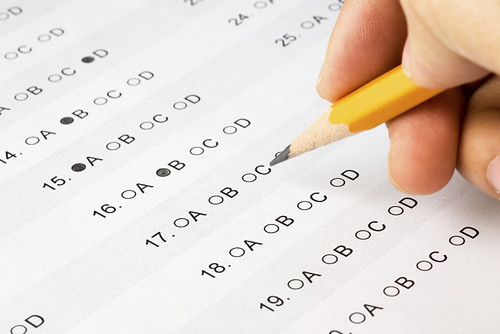Just What is the Role of Those Sentences Anyways?
If you have already been practicing Critical Reasoning questions on the GMAT, you have likely worked a lot on assumption, strengthen, weaken, and inference questions. While those are the question types that you are likely to encounter with the most frequency on the GMAT, there are other minor types too. One of those is the boldfaced sentence type. These arguments have two sentences printed in bold type and it is your job to correctly identify the role of those sentences. These questions are asking about the structure, rather than the topic, of the argument. Although the task you must complete is different, the skills you need for this question type are the same as those for the more common question types. The sentences will be premises or conclusions, so you have to be able to identify those. Let’s review.
A premise is a fact, a statement that is indisputable. It comes from observation, research, a publication, or some other location of public record that could be used to verify the information. While you may not believe some of the premises given on the GMAT, you have to accept them as true since you don’t have access to resources for fact-checking.
A conclusion is what the author is trying to convince you of. Often times, conclusions can be identified through key words such as conclusion, clearly, suggests, hypothesizes, and therefore. Other times, they are a bit trickier. Just remember that they are statements that cannot yet be proven as fact. Any type of recommendation, plan, opinion, or future statement cannot be proven, so those types of statements are also conclusions.
If you can identify premises and conclusions, you can quickly eliminate answer choices on the boldfaced sentence critical reasoning questions. Let’s look at #78 on page 524 of the Official Guide (13th Edition) as an example.The first boldfaced sentence is a premise. You could look up insurance records in various countries to find the evidence. The second boldfaced sentence is a conclusion because the sentence begins with clearly, which, of course, is not boldfaced. Be sure to read the whole sentence when working on these questions. Let’s see how quickly we can eliminate answers with what we have just figured out.
A) A claim is a conclusion. Eliminate this answer based on boldfaced sentence 1.
B) A claim is a conclusion. Eliminate this answer based on boldfaced sentence 1.
C) Finding and conclusion are consistent with our analysis. Keep this answer for now.
D) Finding and claim are consistent with our analysis. Keep this answer for now.
E) Evidence is a premise. Eliminate this answer based on boldfaced sentence 2.
What is nice about having two part answers like these is that we don’t always need to use the entire argument to eliminate wrong choices. An answer that is half wrong is completely wrong. Sometimes, you can even find the correct answer by just using one sentence, although not in this case.
Now, let’s look back at the remaining choices. The full content of those answer choices cannot be properly analyzed without looking at the whole argument. Remember, this is a structure question, so let’s not worry about the topic; we’ll look at the structure instead.
Sentence 1: A premise
Sentence 2: A premise that describes a problem with analyzing the first premise.
Sentence 3: An inappropriate conclusion that some might draw from the premises.
Sentence 4: A valid conclusion.
We can see that there are two conclusions here, so we should keep that in mind when we dig deeper into our remaining answer choices.
C) The first part of this answer claims that the second premise supports the first conclusion. This is clearly not true based on the analysis above.
D) This answer is correct. In the first part of the answer, implications are the same as a conclusion and the first conclusion is at issue. The second part of the answer is true because the second conclusion argues against the first.
As you can see, you probably will have to read the entire argument, not just the boldfaced sentences, to arrive at the correct answer. But don’t do so unless you have to. Save yourself the time if you can by eliminating answers based just on whether they are premises or conclusions.
Image courtesy of albertogp123 with Creative Commons License.

